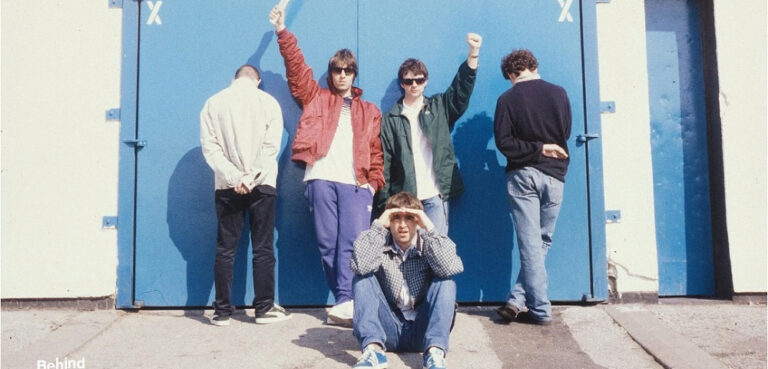

Eighty years ago, as the sun set on the bloodiest ever conflict, Sydney native John Rose was a soldier of three and a half months in the Australian Army.
“They just called us out on parade one morning. Usual time, six o’clock I think it was. Lined up for the roll call, and they said, ‘the war’s now ended.’”
Rose knew little about the circumstances, though he would soon be on the ground in devastated Hiroshima.
“Then they said something about the atom bomb. I didn’t know what the hell they were talking about. We broke off there, of course, and I think that ended whatever we had to do that day.”
The Japanese surrender on 15 August ignited mass celebrations in Sydney. However, Rose was 200 kilometres away in Bathurst, with the rest of the 38th Infantry Training Battalion.
“I think sergeants and corporals were celebrating in their mess, you know, probably drinking beer and all that sort of stuff. And we just went back to our bunk and sat down, polished our boots and had a free day.”
It would take until 2 September for Japan to sign a document formally ending the war, alongside allied representatives including Australian field marshal Sir Thomas Blamey.
Only about 1,300 diggers from the war remained on ANZAC Day this year. Those like 98 year-old Rose personify a time when the nation rallied together, during which the seeds of a new international order were sown, and the foundations were laid for Australia’s post-war migration boom.
As we find ourselves near the end of a socially fractious year, their stories are an antidote – an argument against acrimony.
Young Sydneysiders stepped up
Victoria Barracks in Paddington was a hub of activity during the war years, as young Australians who were eager to enlist flocked in their droves.
“Every young bloke was waiting to turn 18 so he could join up for some reason or other,” Rose recalls. Australian women served in various capacities, such as in the Women’s Land Army, formed in response to wartime farm labour shortages.
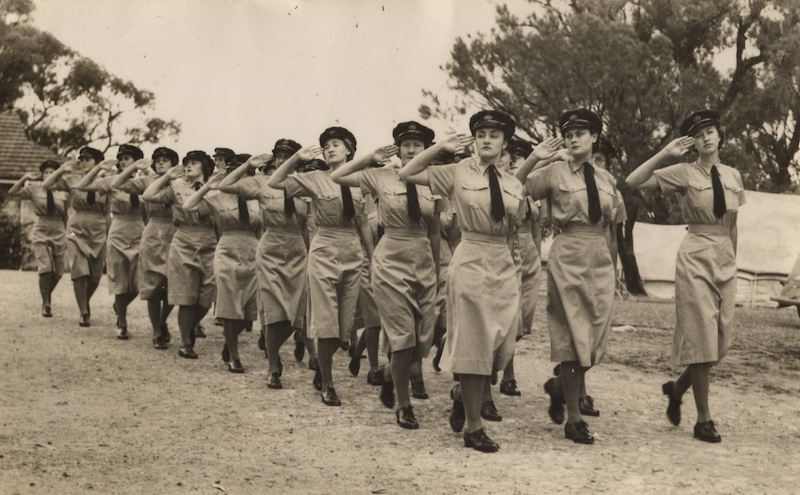
Everyone wanted to contribute. According to the Department of Veterans’ Affairs, over a million men and women enlisted in the Royal Australian Navy, the Australian Army and the Royal Australian Air Force during the war (including the author’s grandfather, sapper Neville Thorpe). The national population was about seven million.
“We marched down through Victoria Barracks, all the old chaps over there yelling out, ‘you’ll be sorry! You’ll be sorry!’ That didn’t make us feel so good.”
“But that’s about the only thing I remember about enlisting.” The young Mr. Rose tried calling himself Jack on his enlistment form, but the recruiting officer did not allow it.
Serving with other Australians was “very informative”
Asked if service gave him a better understanding of the nation, Rose agrees. “I met a lot of chaps from Queensland for some reason, a few from Western Australia.”
“When you’re stuck with these blokes for 18 months, like I was in Japan there, and you’re sitting, sleeping with six to a room, you do get to know quite a bit about their little tales they’re telling all the time. It’s quite interesting and very informative.”
After the war ended, Rose joined the British Commonwealth Occupation Force in Japan. Commonwealth personnel from Australia, Britain, India and New Zealand were instrumental in the demilitarisation of Japan.
The country had been devastated, but the kindness of Japanese women and children, including the “beautiful” kids Rose befriended, left a lasting impression on him.
“You couldn’t fault the children, and you couldn’t fault the women. The men, for obvious reasons, were a bit standoffish.” Though many men were unhappy with the Allied soldiers’ presence, the Emperor directed them to put up with it. “And they put up with it.”
“The women and kids, absolutely beautiful, always happy, very polite.”
Rose also recalls the Australian nurses in Japan, who served in the Women’s Auxiliary Service. “They were quite nice. The whole crew, naturally, being nurses, they’re all nice.”
Seeds of postwar migration
Australia’s wartime labour shortage set the stage for the postwar migration boom.
“Since there was a shortage of men, they used Italian prisoners of war. They went on the farms, two and three to a farm. They weren’t guarded,” Rose notes.
“And more or less, they became members of the family. Then they went back to Italy, then later migrated back here, which is good, because when they came here, the whole business changed.”
“They taught us things about farming we didn’t know before. They certainly taught us something about wines, which we didn’t know before. And of course, Italian food, and the old coffee, cappuccino. We never heard of those things until they came back.”
Italians remain one of the most significant migrant cohorts of the postwar era. Their native land was ravaged by the conflict, and Australia became a new home to many.
Sydney remembers, 80 years on
In August, a commemoration took place at the Sydney Cenotaph to mark 80 years since the end of hostilities.
Sydneysiders can still show their support for those who did their part. Remembrance Day services will be held on 11 November, organised by local councils, the state government and the Returned and Services League (RSL).
Proceeds from RSL-branded ANZAC biscuits, and direct donations, help support veterans and their families.
To be kind and generous to our fellow Australians is to honour our diggers, who gave generously.
Rose returned to the Harbour City on 4 October 1947. Today, he is a prominent member of the Geranium Society. The admiration held for him in his local community recognises the best of the Australian character, shown by one who is outgoing, giving and, above all, thoroughly decent.
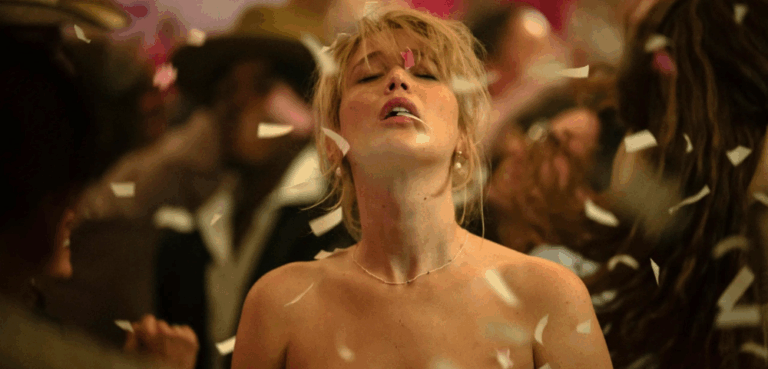
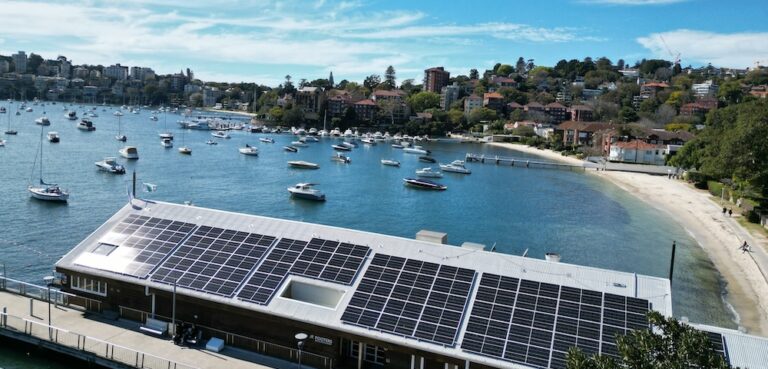


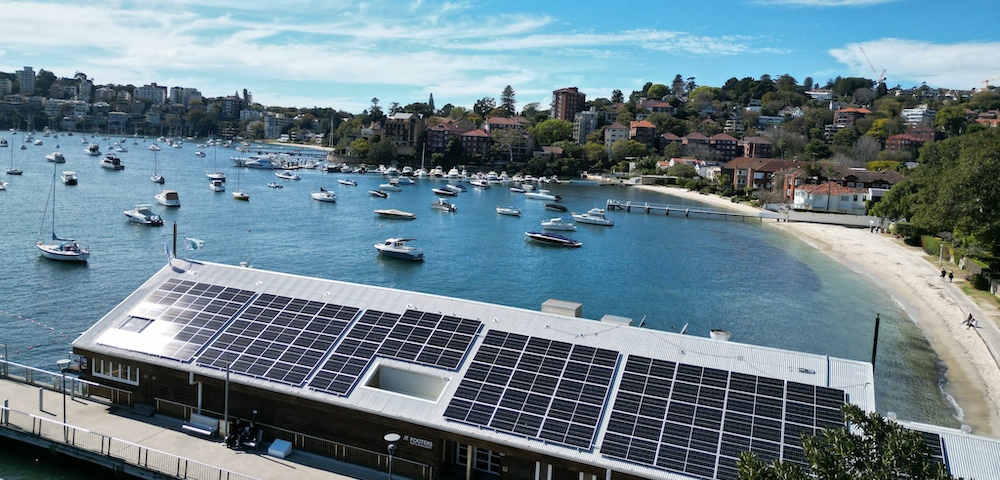
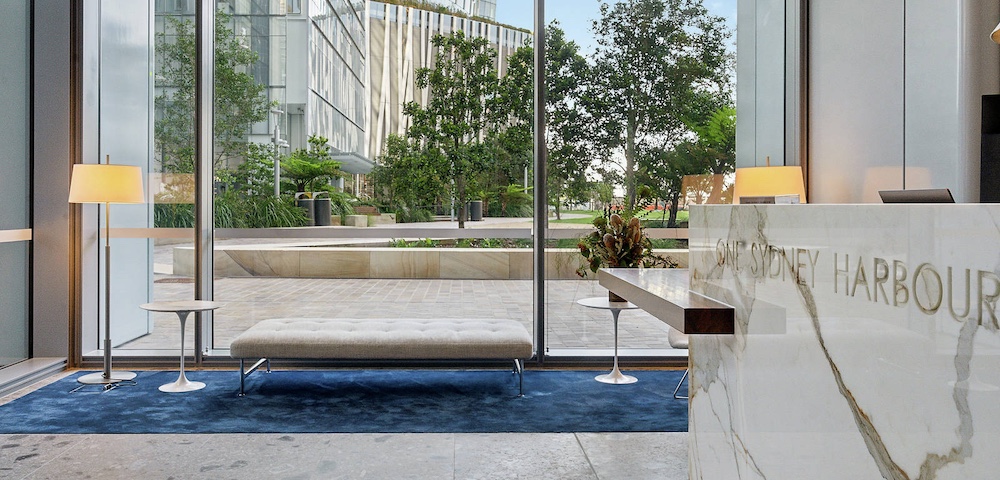
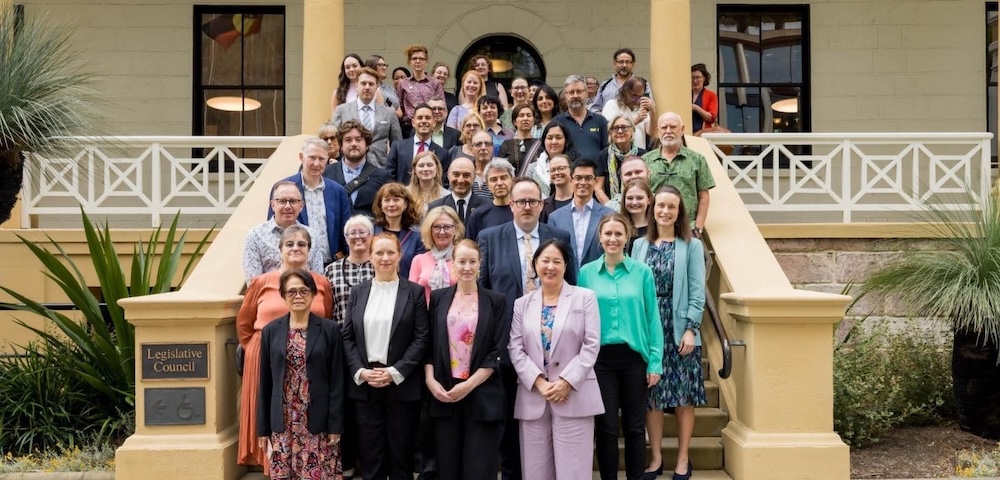
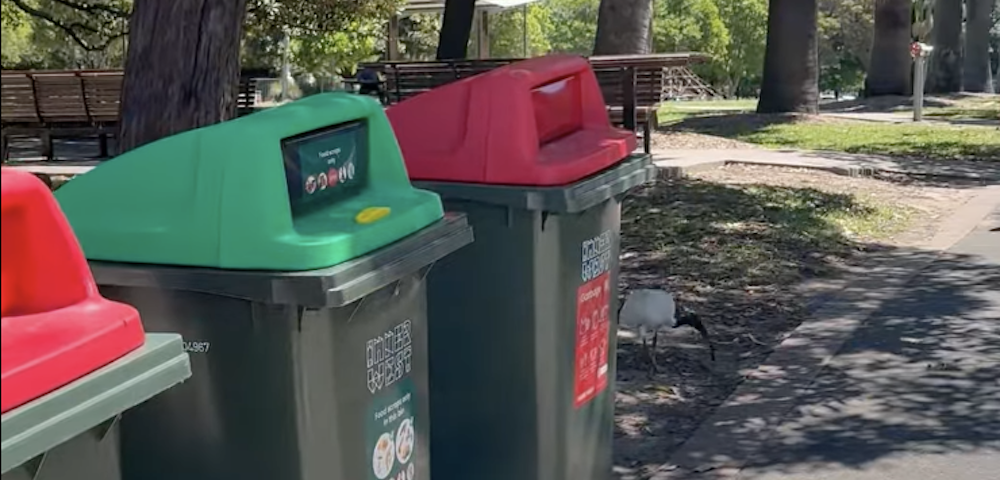


Leave a Reply